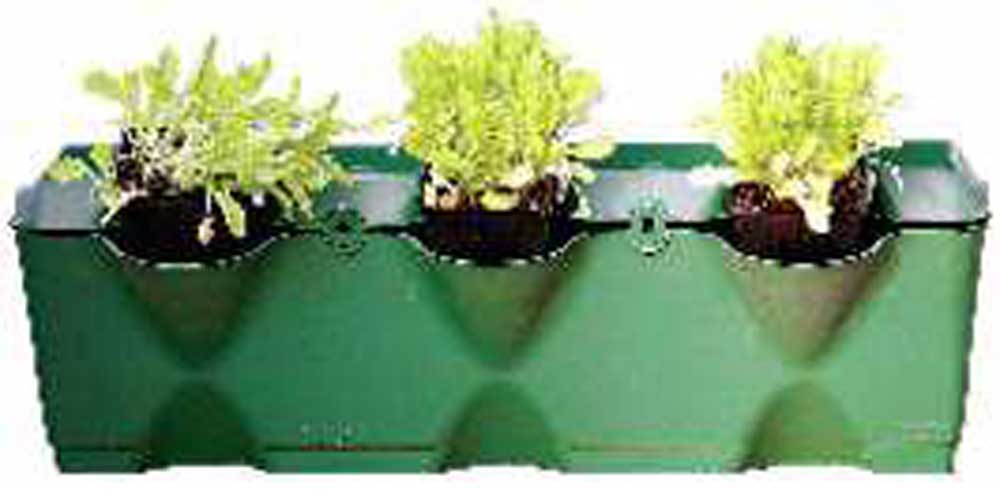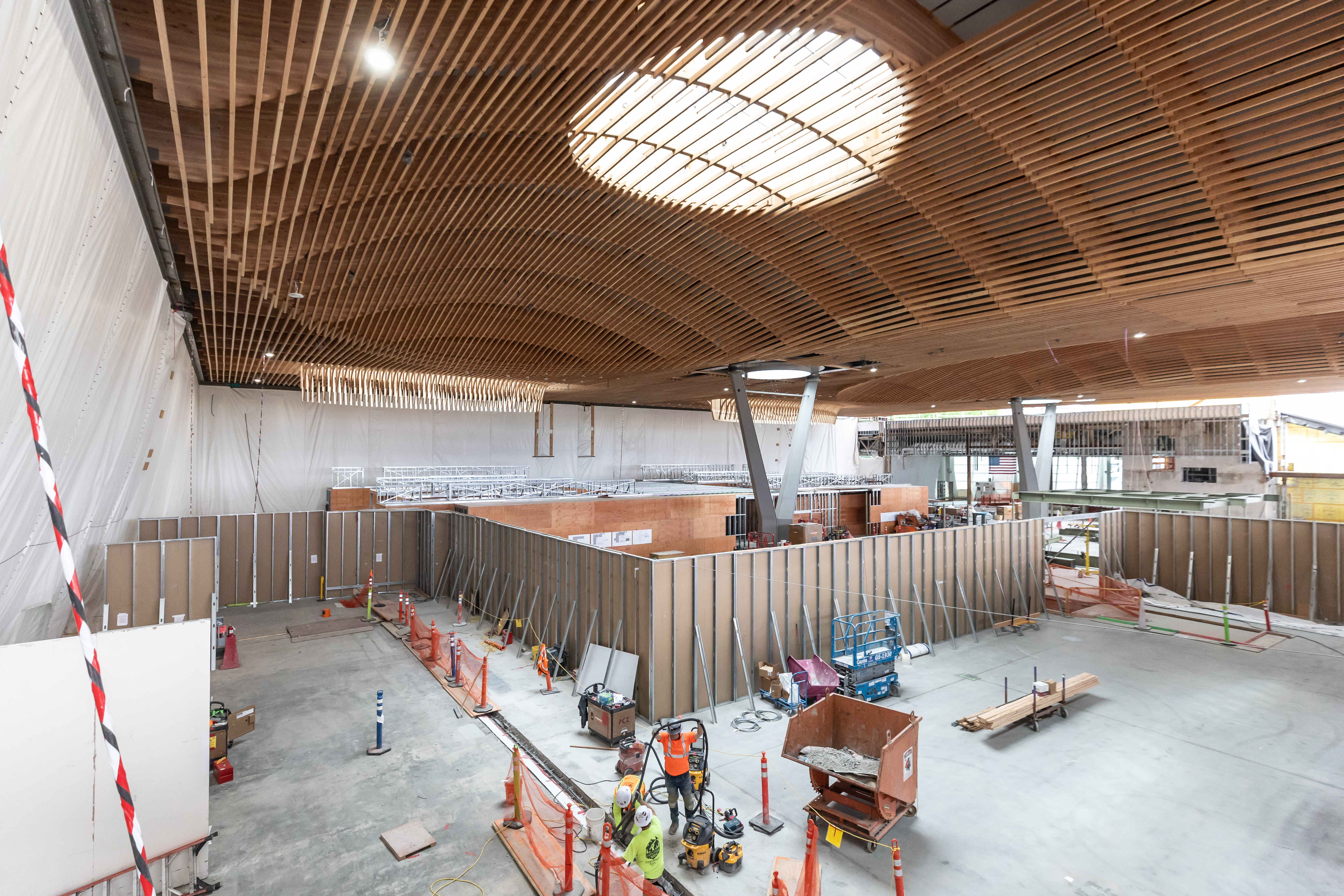Beat winter, grow veggies inside
Published 5:00 am Tuesday, March 19, 2013

- Vertical Garden
Even with extra sunlight in the day and crocus sightings popping up around town, Central Oregonians still have a while to wait before it’s time to plant tomatoes. But some local residents have found a way around the typical gardening timeline. At Debra Rudloff’s home just outside Bend, she has lettuce, arugula, peppers, herbs and even strawberries growing in vertical garden units.
“We are almost ready to harvest some lettuce and arugula,” said Rudloff, national marketing director for Tower Garden by JuicePlus+. Because the intensity of the sunlight is still low at this point in the season, Rudloff is assisting some of the units with grow lights.
“We’ve got a lot of customers already growing inside,” said Doug Stott, owner of Redmond Greenhouse. “They’re already harvesting lettuce and spinach.” Stott said some of his clients are harvesting vegetables now from hoop houses or spare bedrooms or garages that have been retrofitted with grow lights.
A sunroom or solarium is the ideal space for growing plants indoors. Otherwise, Stott said, grow lights on the plants for up to 18 hours a day will work.
“The intensity and quality of light from the sun is not up to steam. Most of these plants could take 18 hours of simulated light,” said Stott.
To help you get started with gardening indoors, here are a few recommendations and tips from Rudloff and Stott.
Vertical Garden
Cost: $30 for a set of threeAvailable: Redmond Greenhouse, 4101 S. U.S. Highway 97, Redmond
A similar style to a “strawberry pot,” these stackable units have protruding ports where plants grow. Each individual unit has three pockets. Water is applied at the top of the stack and trickles down from pocket to pocket. A saucer at the base catches water that drips out the bottom of the system.
Doug Stott, owner of Redmond Greenhouse, says he gets creative when planting in these small pockets. “I may put a lemon thyme and an English thyme or an oregano in one pocket. Or slip a little green mound of basil in the top then the thyme cascades down over the side.”
Place these units in a sunroom or solarium to grow fresh plants year-round.
Tower Garden by JuicePlus+
Cost: $499, $50 shippingWhat you get: Included in the kit are a 20-gallon tank, five planting pots to form the tower, pump, timer, seedling tray, rockwool cubes, planting baskets, drainage hose, a quart of Tonic A and B, a pH test kit and pH adjustment solutionsAdd-ons: Wheeled dolly, $69.99, tomato cage, $59.99
This is an aeroponic system, made from food grade plastic that uses two solutions sold with the product, called Tonic A and B, and water. A timer turns on a pump that pushes tonic and water to the top of the tower to trickle down over the roots for 15 minutes. Then the timer switches off for 15 minutes, exposing the roots to air.
Last summer, Debra Rudloff, National Marketing Director for the manufacturer, kept garden towers in her garage. During the day she rolled them outside into the sun, and at night they were tucked back inside to avoid freezing. Rudloff says she also likes it for the freshness. “You pick what you need for the meal you’re making or you pick just enough for your salad and you’re eating it right away.”
Rudloff says she is able to grow vegetables year-round and more quickly than in other conventional methods. “Everything grows faster in the tower,” said Rudloff.
Plants she has grown include lettuce, arugula, kale, chard, cucumbers, peppers, tomatillos, strawberries, herbs and flowers. The tower garden cannot grow root vegetables.
Last year Rudloff planted tomato seeds near the end of January, placed them in the towers in February, moved them to a greenhouse in May and had a ripe tomato on the Fourth of July. “And the really good tomatoes lasted through October,” said Rudloff.
Earth Box
Cost: $59.99Add-ons: Metal stand, $50; trellis system, $25Available: Redmond Greenhouse, 4101 S. U.S. Highway 97, Redmond
This is a plastic planter box on wheels that features a water reservoir in the base that passively waters the plants via evaporation. “It continually wicks (water) up, keeping the soil at the right moisture level,” said Doug Stott, owner of Redmond Greenhouse. “Periodically you go and fill the reservoir back up.”
Plants in the box should be planted in a conventional method with potting soil and fertilizer. A small funnel to the water reservoir is where water is poured to fill the base. Additionally, a trellis system that is sold separately allows the option for growing beans or training cucumbers up the lattice. “We do intensive planting in these boxes,” said Stott. “So you pinch and prune to regulate the growth.” Stott recommended using every inch of the planter’s space. For example, put tomato plants in the middle, peas up a trellis in the back and culinary thyme to fall over the sides.






